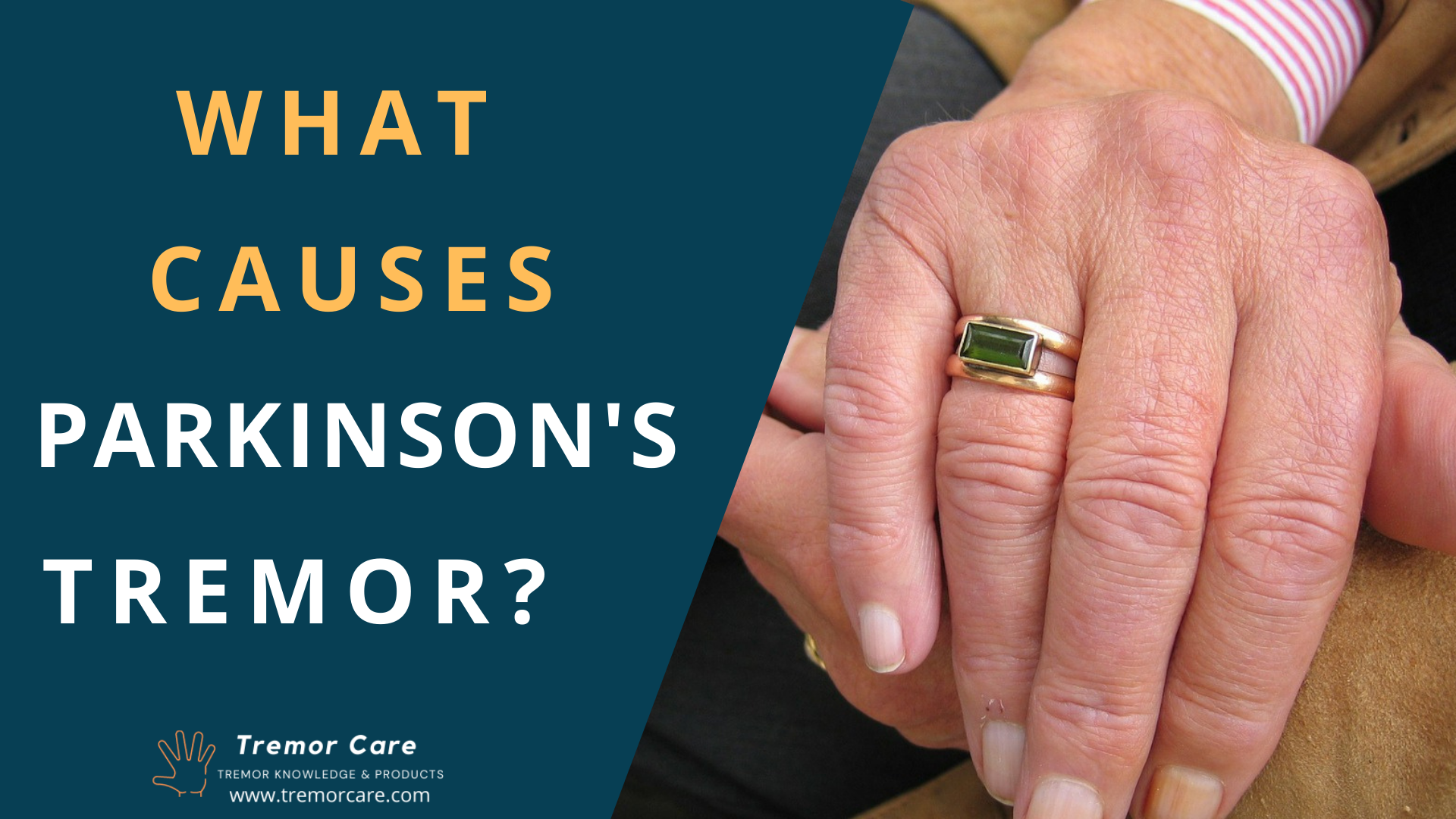Parkinson’s is a progressive brain disorder that develops when the brain loses a certain group of cells that produce dopamine, which is a neurotransmitter responsible for controlled body movement. Tremor is one of the key symptoms of Parkinson’s disease. Here, you will get to know the main causes of this neurological condition.

Tremor is the key feature of Parkinson’s disease. It usually affects the hands or arms and it looks like a person is trying to roll a pill between the thumb and index fingers.
It is often called resting tremor. This is because it appears when the hands are at rest. Besides hands, resting tremor can affect legs, chin, face, and lips. Some patients may also show tremors in head and voice; however, these are rarely reported.
In Parkinon’s disease, the tremor starts on one side of the body. But as the disease progresses, it spreads to the rest of the body. It becomes worse when a patient is under stress or experienced strong emotions.
It should not be confused with essential tremor, which is another neurological condition and is more common than Parkinson’s tremor.
Researchers think that there are 3 main causes of Parkinson’s tremor. These are the following.
1. Dopamine Deficiency
Dopamine is a well-known neurotransmitter that is responsible for controlled body movements. It is usually synthesized in the brain, although small amounts can also be found in the blood.
Its deficiency is the main reason why people develop Parkinson’s tremor, and other motor symptoms of Parkinson’s disease such as the slowness of movement, rigidity, and balance problem.
Dopamine deficiency occurs when the brain loses a certain group of cells that are responsible for its production. These are called dopaminergic neurons.
The body shows tremor and other signs of the disease when the brain lost 70% of dopaminergic neurons.
2. Abnormal Levels of Serotonin
Studies have suggested that, in addition to dopamine, changes in the levels and activity of the serotonin could also contribute to the appearance of tremor. Serotonin is an important neurotransmitter that has been linked to a variety of functions including mood regulation, anxiety, depression, and constriction of smooth muscles.
A study published in the Journal of Brain reported that Parkinson’s tremor is more likely related to serotonin than to dopamine deficiency. In this study, a clinical analysis of tremor was conducted on 378 patients. The study found that the severity of Parkinson’s tremor is directly related to the loss of serotonin activity in the brainstem, which is the posterior part of the brain that connects the brain to the spinal cord.
The involvement of serotonin in Parkinson’s tremor has also been acknowledged by other studies.
3. Alteration in the Brain Parts
Besides chemical changes, researchers have found that structural changes in specific parts of the brain could also lead to the development of motor symptoms in Parkinson’s disease. These are the substantia nigra, thalamus, and the basal ganglia.
Substantia nigra is located in the midbrain and it houses the dopaminergic neurons. Abnormality in the Substantia nigra is believed to be the key in developing Parkinson’s disease.
Thalamus is a small part of the grey matter of the brain that is located deep inside the brain. While basal ganglia are a group of small structures that are attached to the thalamus and are involved in mediating body movement and other functions.
How to Treat Parkinson’s Tremor?
Medication is the most effective way of treating Parkinson’s tremor. Anticholinergic drugs like benztropine, orphenadrine, and trihexyphenidyl are the most commonly prescribed drugs. These drugs act by blocking the action of acetylcholine, which is a neurotransmitter involved in muscle movement. This action of anticholinergics results in the activity of brain cells responsible for movement. Drugs that are used to treat other symptoms of Parkinson’s disease could also help to relieve the tremor.
A surgical approach called deep brain stimulation is used when all the prescribed drugs fail to control the tremor. It involves a surgery during which electrodes are installed inside the brain of a patient. The electrodes produce a current that helps to get rid of the abnormal brain activity that caused the tremor. The current is adjusted with the help of a pacemaker-like device placed in the upper chest area.
Hand exercises like flicking the hand, spinning a pencil, and squeezing a ball may also be useful.
Very informative and insightful article. Thank you so much for this descriptive information